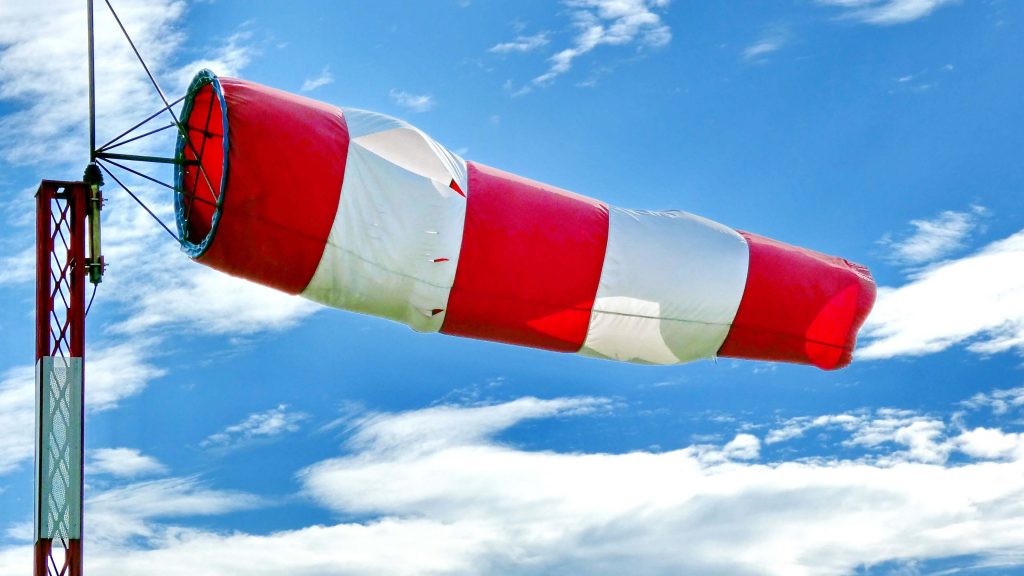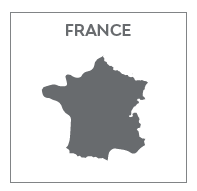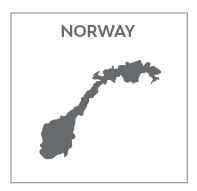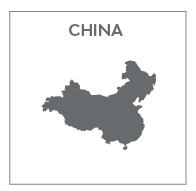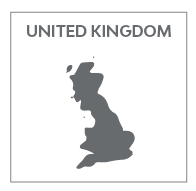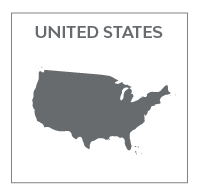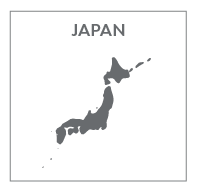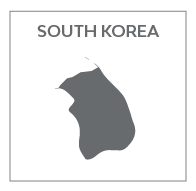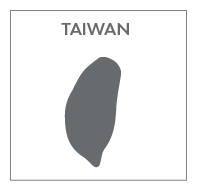With 4,437 MW of wind installations as of the end of 2020, including 65 MW of offshore wind, wind energy is becoming a mainstream source of support for Japan to reach its net zero target and decarbonise its heavy industry, such as steel manufacturing and shipping.
Following strong government industry coordination, led by the Japan Wind Power Association (JWPA) and GWEC, the government unveiled its Offshore Wind Industry Vision in late 2020. This vision outlines a plan to allocate 1 GW of offshore wind capacity annually through 2030, as well as a supply chain development and cost reduction pathway to reach JPY 8-9/kWh of LCOE by 2035 and 30-45 GW of cumulative capacity by 2040, cementing Japan as one of Asia’s offshore wind leaders.
